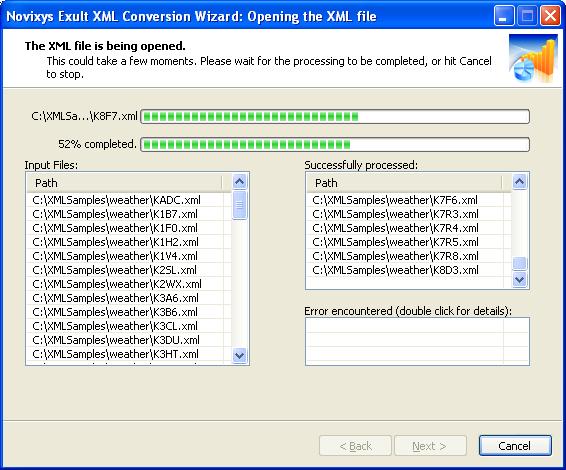
Now inside our card let’s add all the card elements in the Excel table: name, jobtitle, address, phone, mail, and inside each element we add a sample text data. Let’s continue this tutorial by adding a card element inside our root element. Names cannot start with “xml” word in any format such as uppercase, lowercase, etc.Ībove we have listed only some of the many XML specifications and for this tutorial, we do not need anything else.

Writing an XML element is quite simple we only have to keep in mind some simple rules so our XML will be valid: In our tutorial, we want to create an XML containing business cards so we will add a business cards root element. Įach XML file must contain a root element.

We found it to be great in working with large XML files, you should check it out as well.With our preferred text editor, let’s create a blank file and add XML header information. You will actually be surprised to see how accurate it is.Īnother useful tool that we discovered is a tool which uses Excel to convert XML to CSV format. Choose From Other Sources – From XML Data Import.Īfter that what Microsoft Excel will do, is to use the internal structure of the XML file to accurately import it into rows and columns in the spreadsheet. Now, we are going to show you how to import XML format into Microsoft Excel.Īll you need to do is go to the Data section. We have already shown you how to import CSV into Excel, and vice versa. Unlike PDF, which has to be converted into Excel to be able to use the data (you can convert it with Cometdocs), XML and CSV can be imported into Excel fairly easy.

However, if we want to perform some kind of statistical analysis on either format we need to import them into software for data analysis.Īs you might have guessed, one of our favorite software for data cleaning, manipulation and analysis is Microsoft Excel. Both of these formats are readable by many software and services, and allow for easy further manipulation. XML format, along with CSV are some of the most commonly used formats when sharing, importing and exporting data between services.


 0 kommentar(er)
0 kommentar(er)
